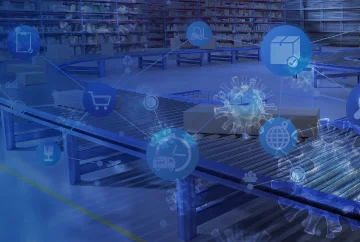This is the age of digitalization and digital transformation of businesses. A solid reason that ERP systems will become even more critical. ERP systems as large monoliths will need to adapt and become nimbler in the digital world, but the backbone strength provided by ERP systems cannot be replaced. As a McKinsey report defines in one of its dated publications, when we speak of digital transformation, there are five facets on the same:
- Digitalization of Channels
- Digitalization of Products and Services
- Digitalization of Processes and Workforces
- Digitalization of Supply Chain
- Digitalization of Ecosystems




